
Clothing and textiles suffer from an identity crisis in the recycling world. Less than 20% of clothing that goes to charitable organizations ends up being resold locally. Some clothing goes to second-hand importers, who sell into Africa and Asia. The ultra-cheap second-hand clothing is negatively impacting the local development of textile and clothing industries in emerging economies. And fully 84% of our unwanted clothing ends in landfills. Can a new era of fashion emerge through sustainability?
Challenges Of Textile Recycling
We recycle glass and paper, but the clothing we donate. The idea that we are supporting charitable and relief efforts through clothing donations have slowed many large-scale clothing recycling initiatives.
One of the challenges of this particular product is recycling. Natural and man-made fabrics are recycled using different methods and have various end-users. Man-made fibers add desired qualities to natural fibers, such as longevity, laundering, and drape, but both types of fibers in one fabric complicates the ability to recycle. Well-known brands are using these initiatives as centerpieces for their company sustainability efforts.
In-Store Recycling
Levi has led efforts to introduce clothing recycling in-store, with a discount applied to the purchase of new clothing. They focus on denim recycling and have recently joined forces with Blue Jeans Go Green. This initiative recycles denim into cotton insulation. Madewell, another large clothing company, has also partnered with Blue Jeans Go Green. They have clothing recycle bins in their retail locations with a discount on new clothing with a recycled piece. Blue Jeans Go Green also supports community housing initiatives and donates insulation to makers such as Habitat for Humanity.
Repair & Reuse
Patagonia has a long history of offering repairs to their clothing, and their repair program has expanded and grown. They also offer in-store recycling of their products, which are then refurbished and resold at their used locations (also online) called Worn Wear.
Eileen Fischer, the women’s natural fiber and minimalist retailer, takes recycling of their own brand of clothing. These clothes are refurbished and resold at their shop Renew. They also have a project where clothing that is not able to be resold is made into textile art through manipulations such as felting.
Both Patagonia and Eileen Fischer are known for very well-made clothing that lasts. Their quality supports the model they have chosen for recycling their clothing. New movements are also improving the sustainability of fashion.
Slow Fashion
Buy less; make less. These are fundamentals of the Slow Fashion movement. This movement aims to deliver fair working conditions that can include local manufacturing and retail. Clothing is made at a higher quality. Thus, reducing the consumer need to re-buy or by more of an inexpensive alternative.
Manufacturers can make less waste too. They can reduce their need for raw materials, cut down on energy consumption, have an environmentally conscious process, and deliver a better product that stays out of landfills. From start to finish, sustainability is present throughout the process.
Minimalist Fashion
Ever felt like you have nothing to wear? More often than not our wardrobes and closets are filled with so many choices that we can’t make a decision. These overwhelming options result in a ‘paradox of choice.’ Minimalist Fashion strives to undo this. Rather than purchasing clothing to have something in every color or style, the emphasis is to focus on the clothes that you love the most. Thus, reducing your carbon footprint.
If the clothes aren’t made with love, why would a minimalist fashionista buy it in the first place? With the growth in Minimalist Fashion, manufacturers would need to move away from ‘fast fashion.’ They would need to become competitive with other, more sustainable fashion brands through better quality clothes and offer a higher, but competitive price point to offset this change in consumer habits. Plus, they’d be more sustainable as a result.
Maker’s Movement
Intertwining consumer interest with manufacturers is the goal of the Maker’s Movement. The consumer voice can now be quantified. With this connectivity, consumer popularity dictates the demand. Thus, its a win for the bottom line. Fashion designers and manufacturers now know which products they need to produce, how much they need to create, and where they need to allocate their resources. This movement also eliminates the overproduction of unwanted textiles, making for a more sustainable process.
Sites like Kickstarter, or independent retailer like Etsy, have all played a role in this new fashion development. Both provide growth for smaller businesses and emerging independent fashion designers. Some consumers may point out limitations. Smaller fashion companies may not have the size and scope to meet the demands and affordability they expect. However, consumer investments could change precisely that. By supporting these new movements, companies can grow, re-invest, and refine their manufacturing process. Manufacturers could then improve price. Consumer demands could also be easier to meet, all while being sustainable.
The textiles and clothing industry is a global giant that is responsible for several environmental issues, including water usage, dyes contaminating workers and the environment, and poor working conditions. Changes, even small ones, in this industry have global repercussions. As efforts to re-educate and connect consumers grow, small business to large scale clothing manufacturers can spread sustainability throughout the industry.














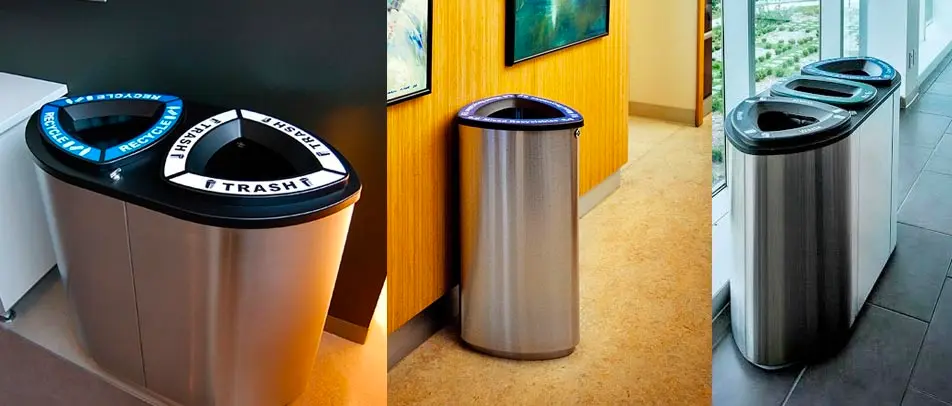
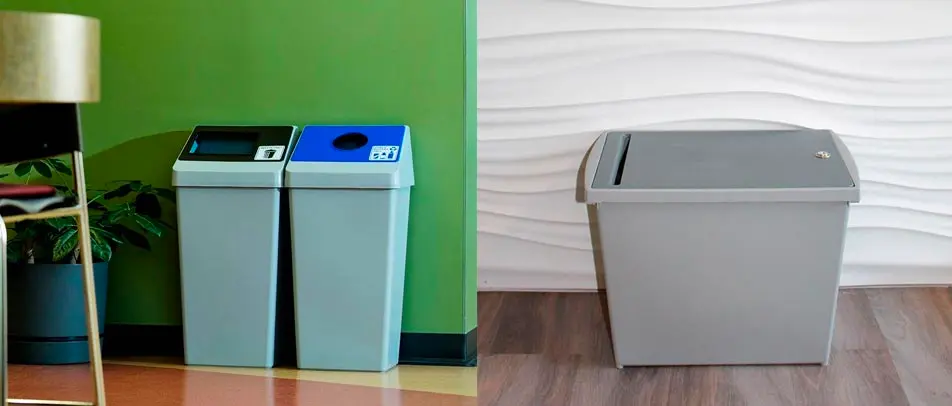


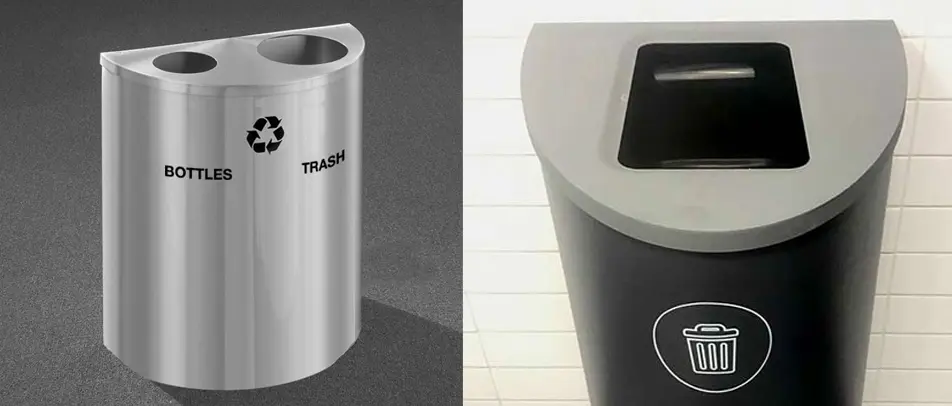


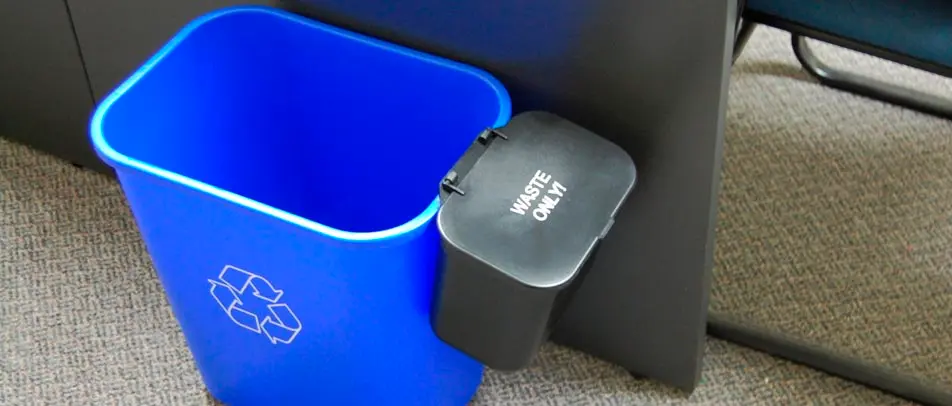
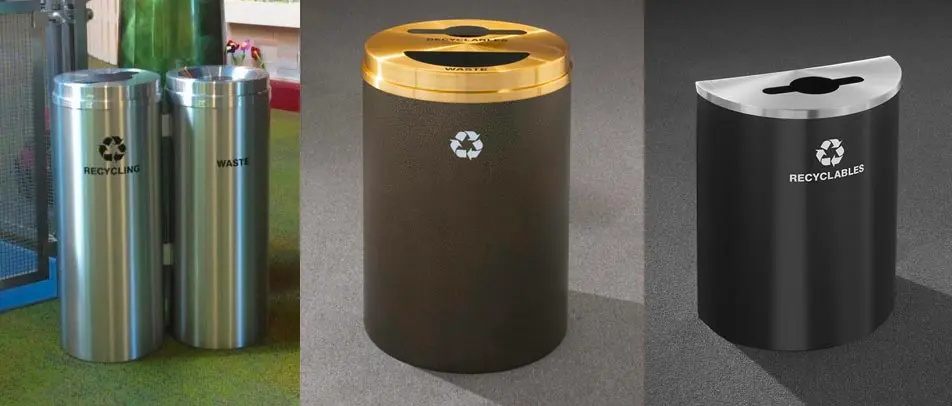
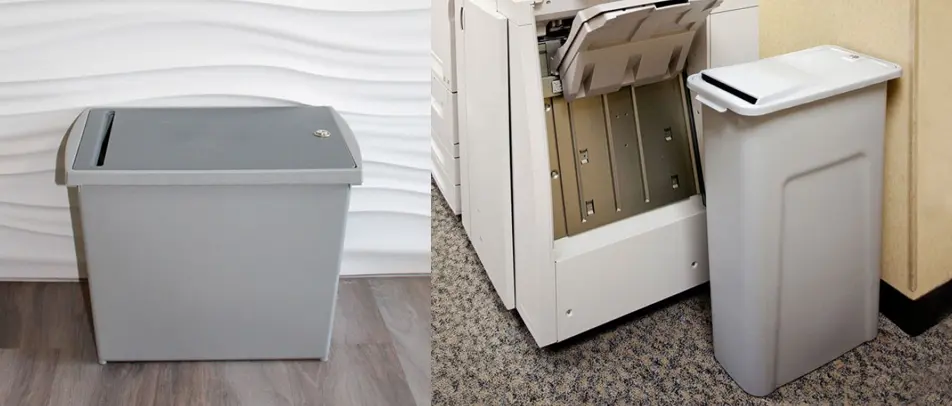

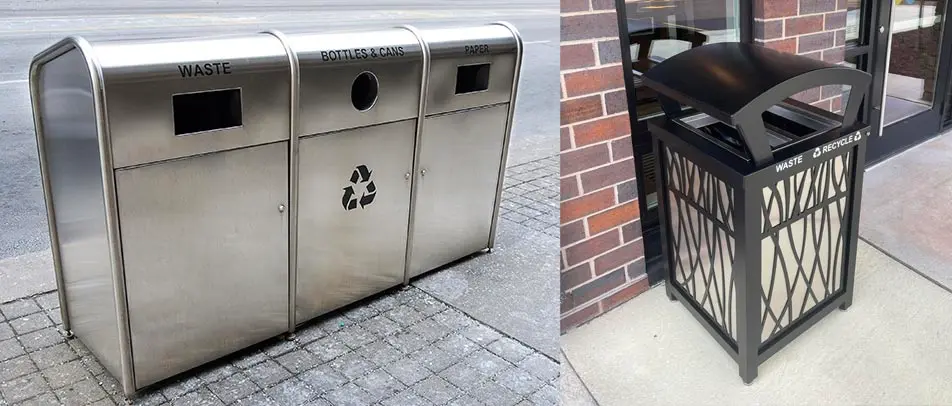



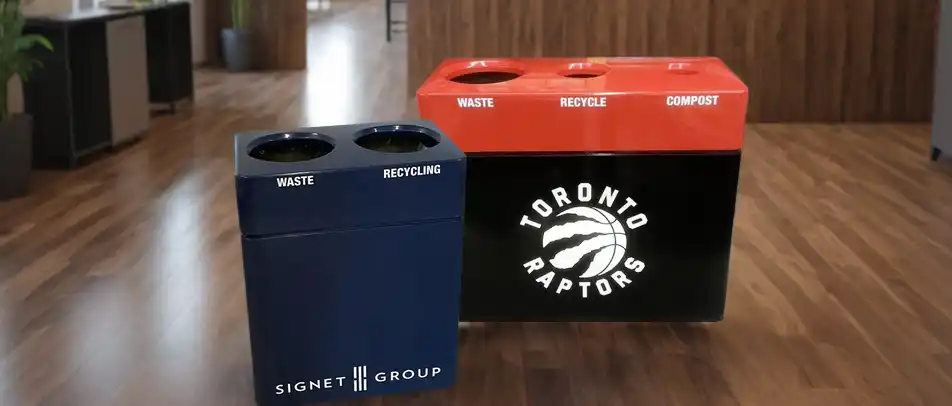



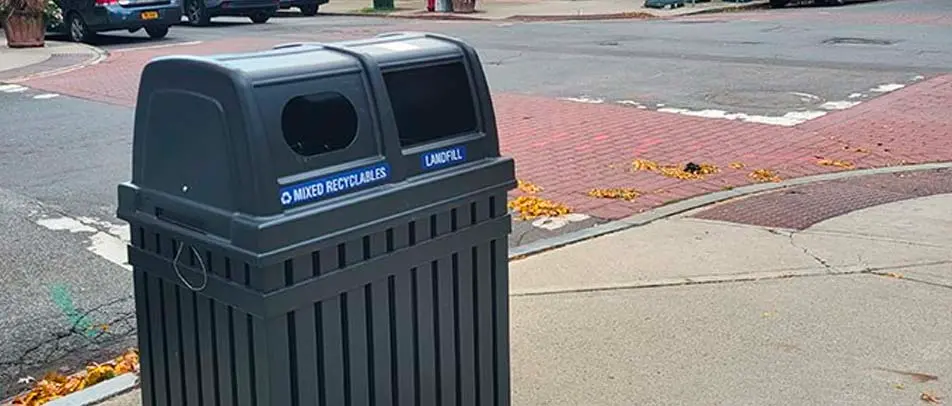

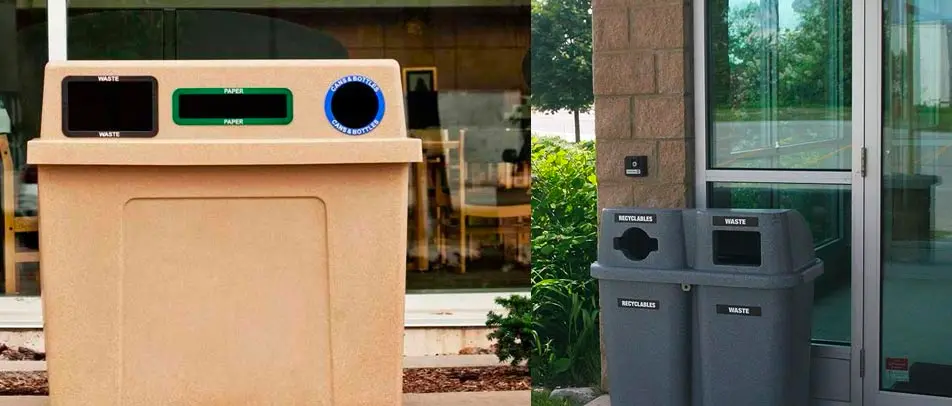
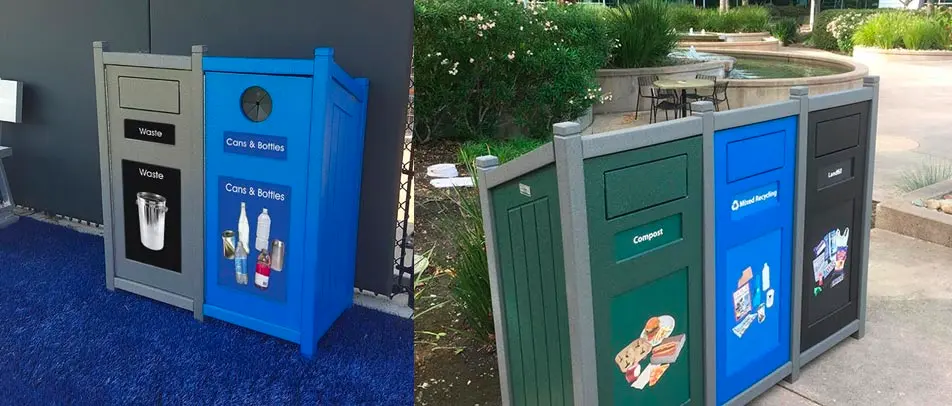
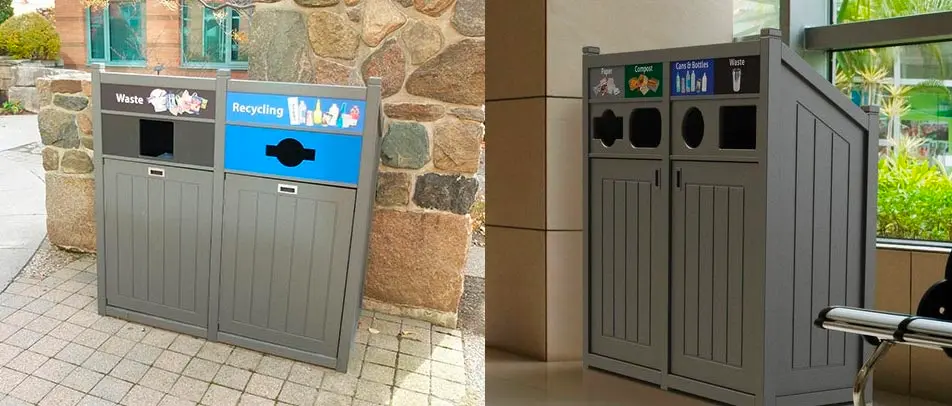

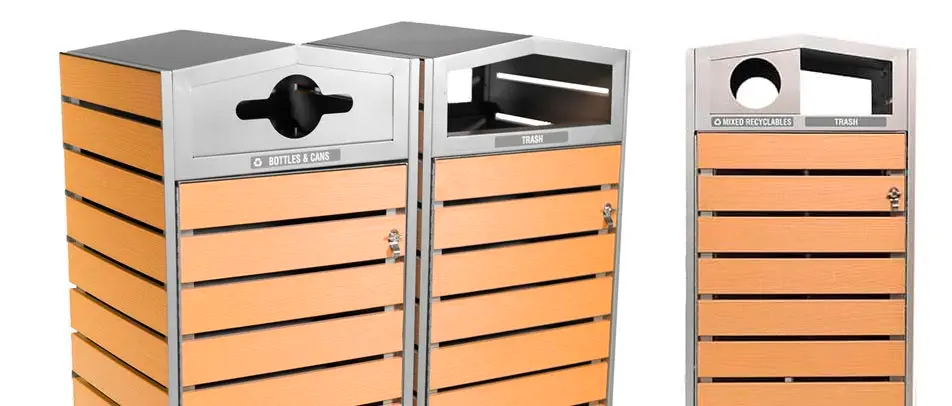

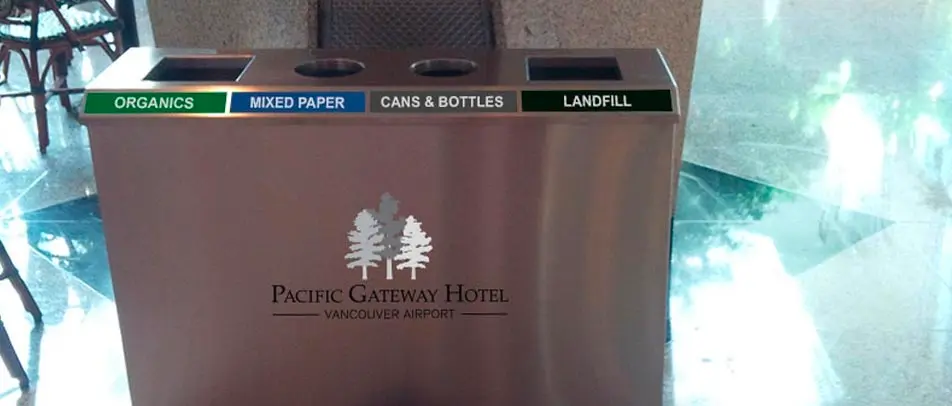

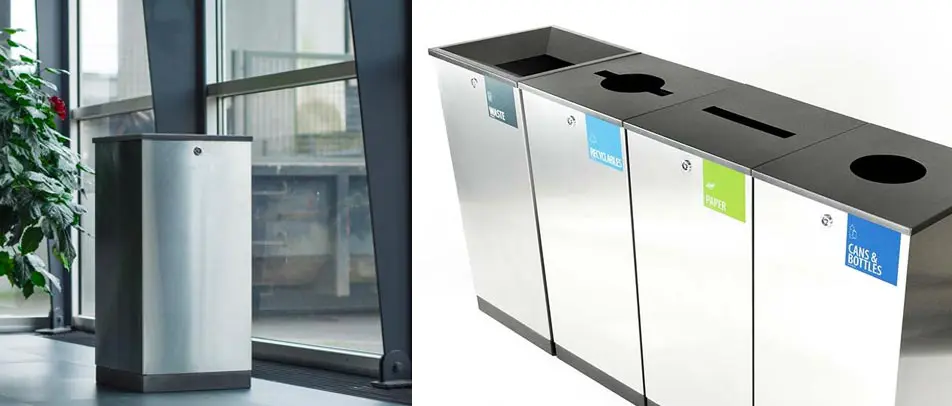
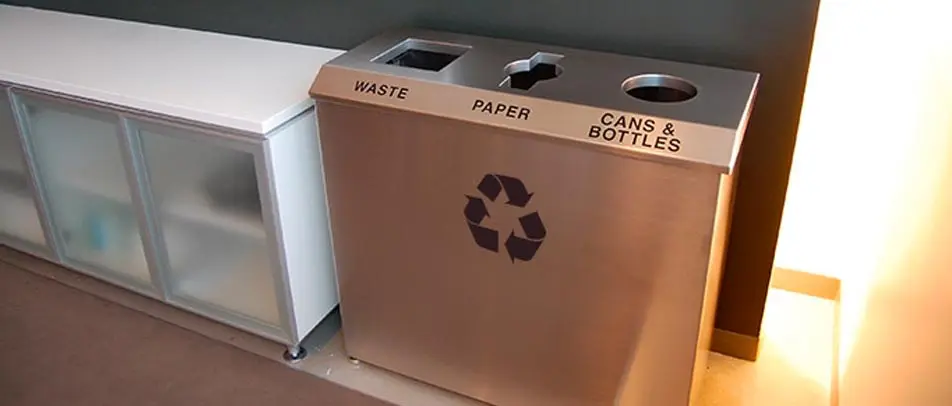
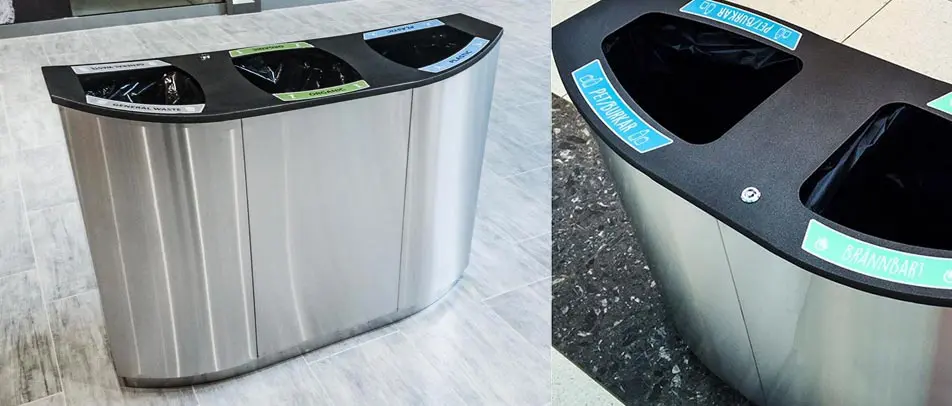

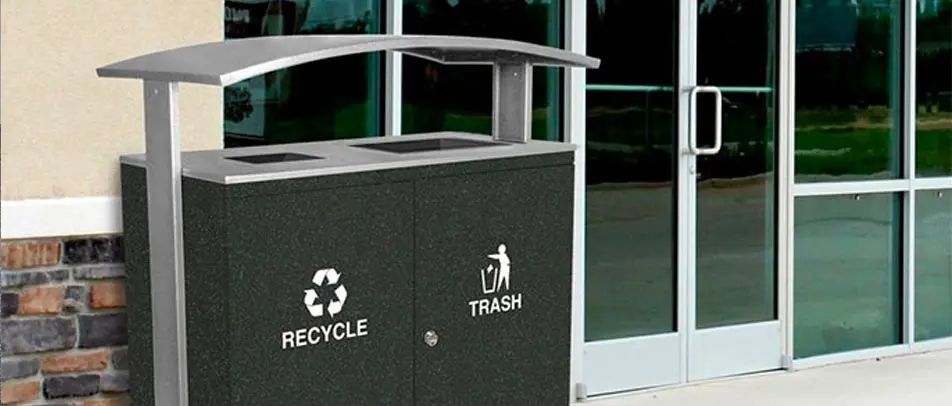
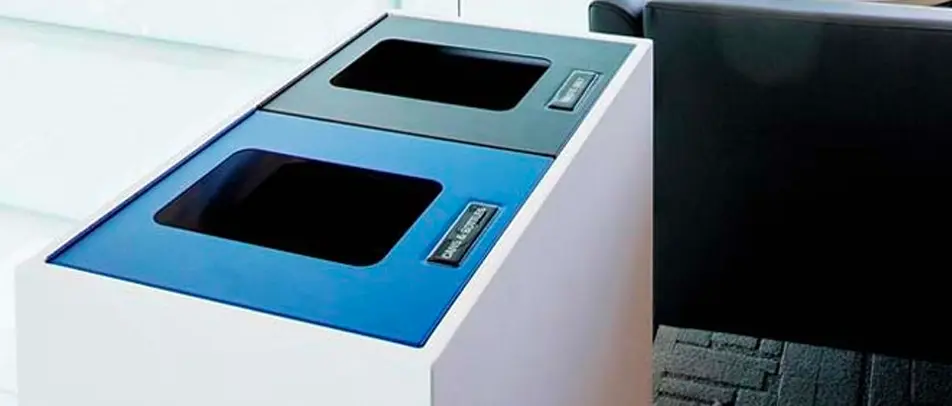
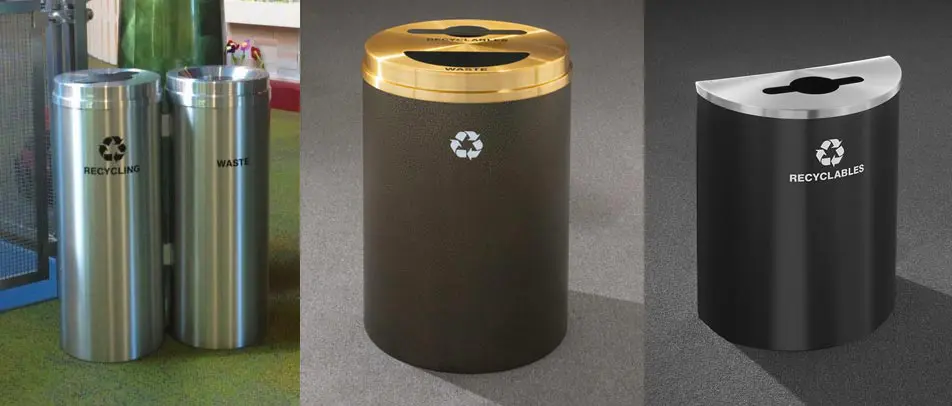

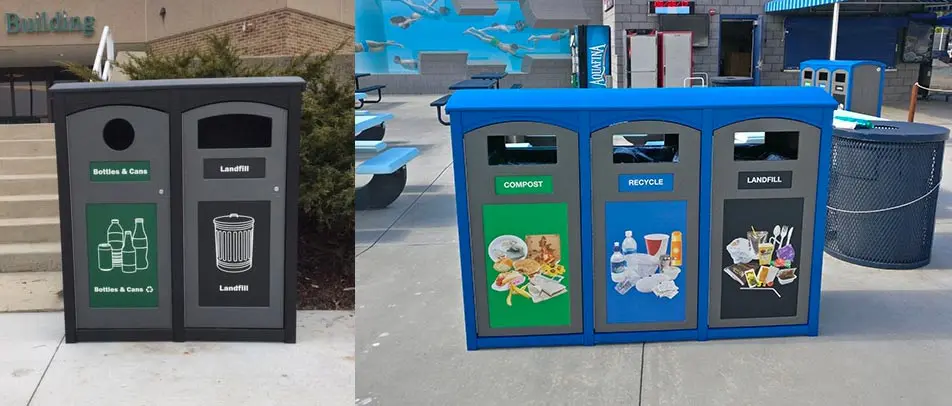
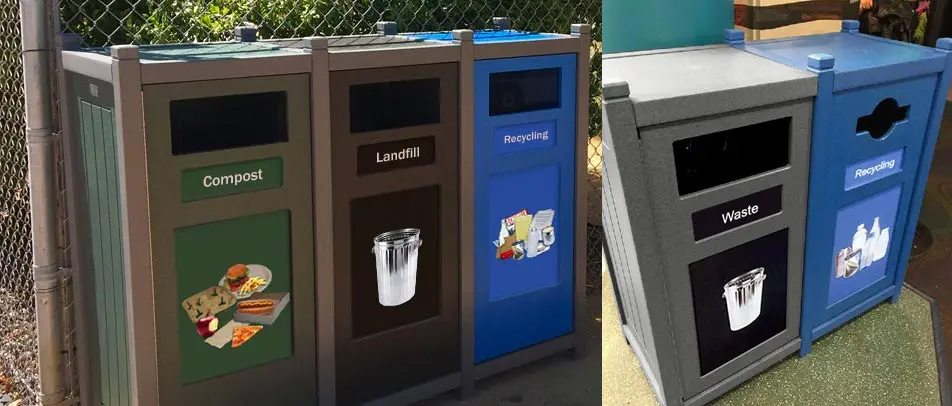
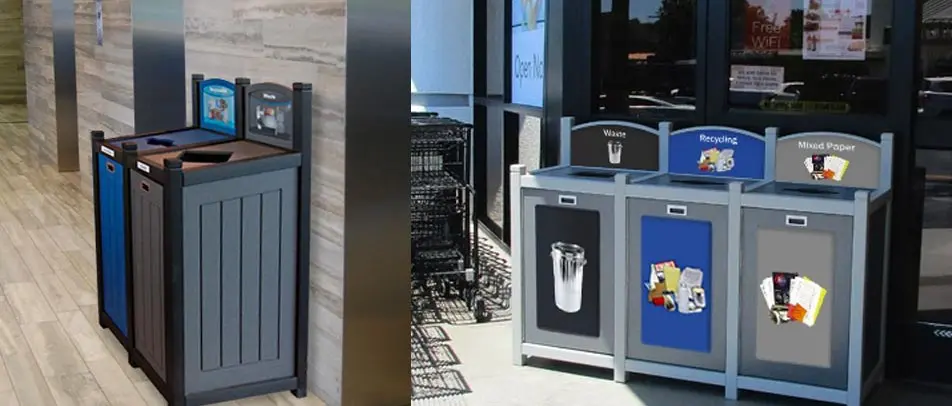


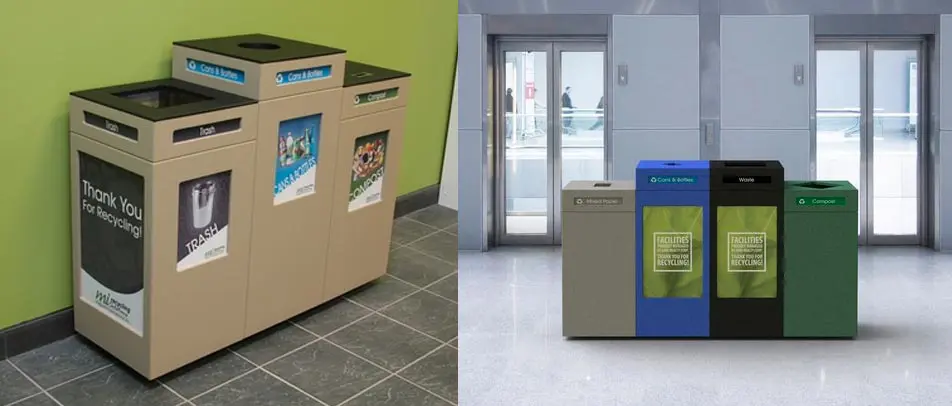
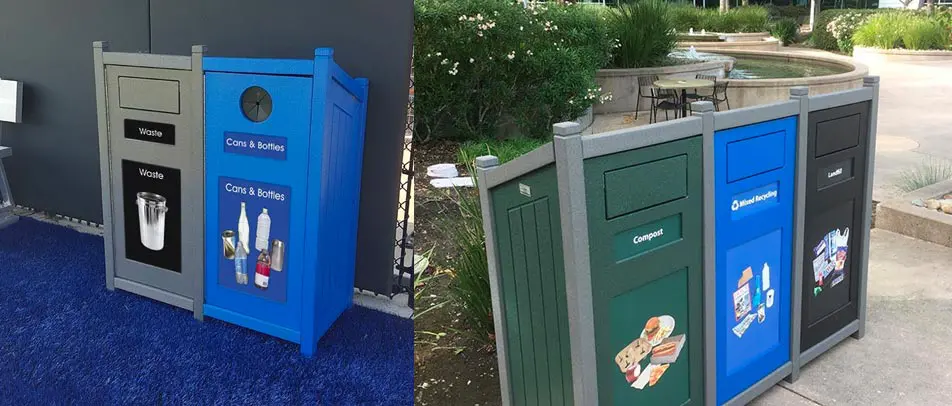
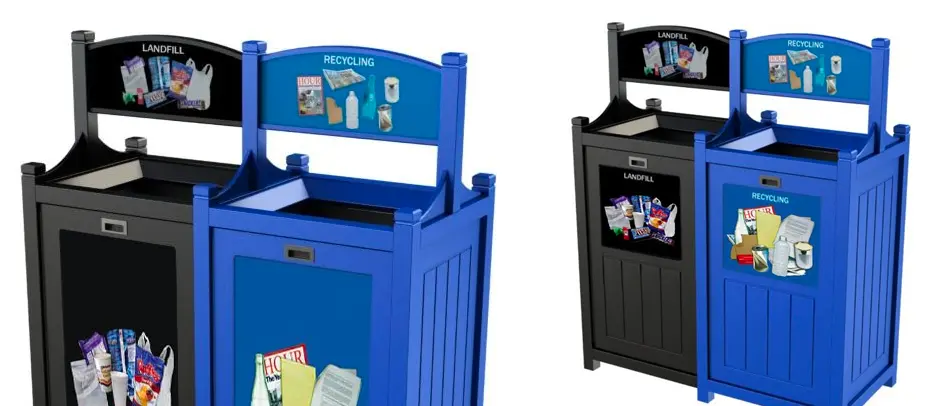


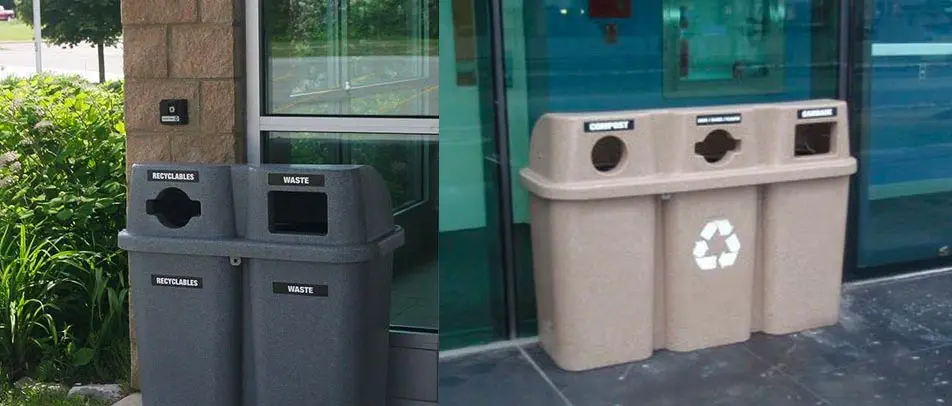
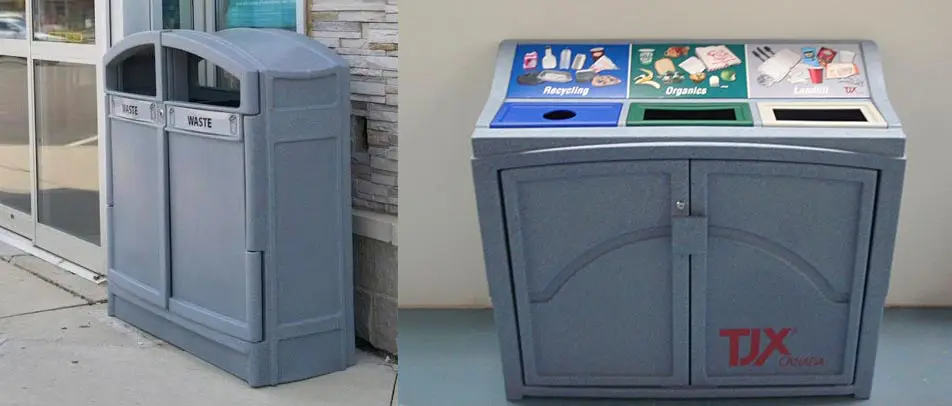
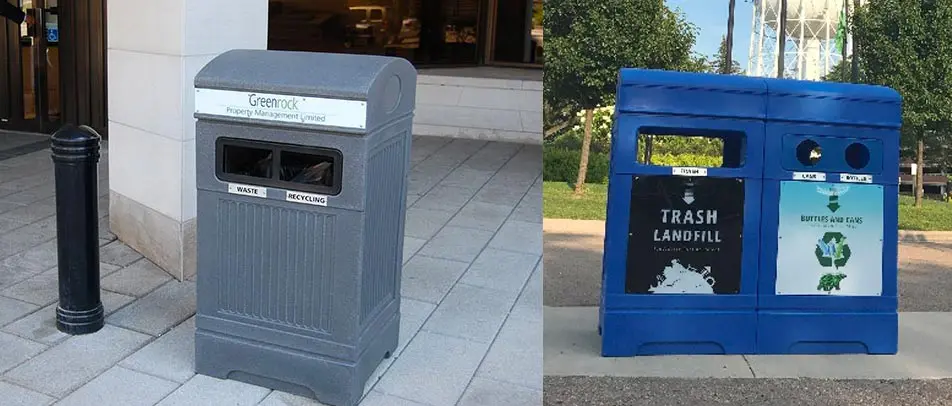
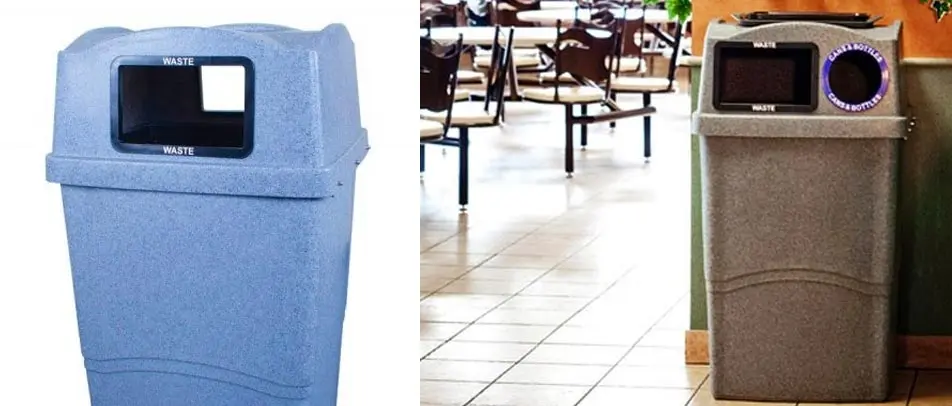
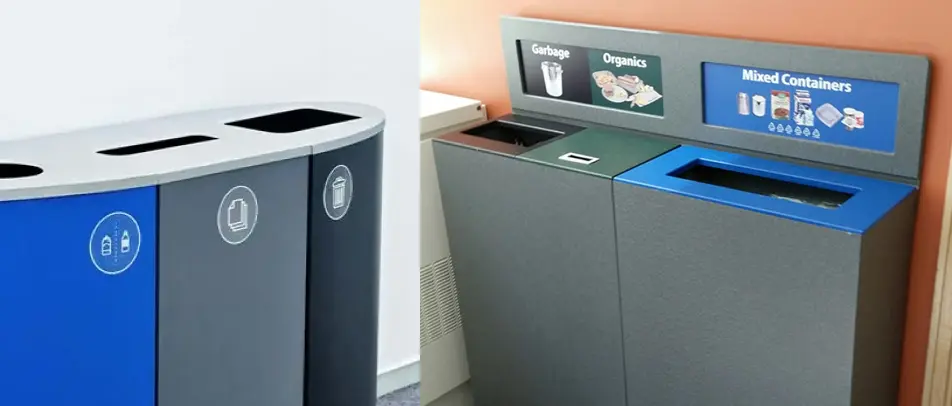
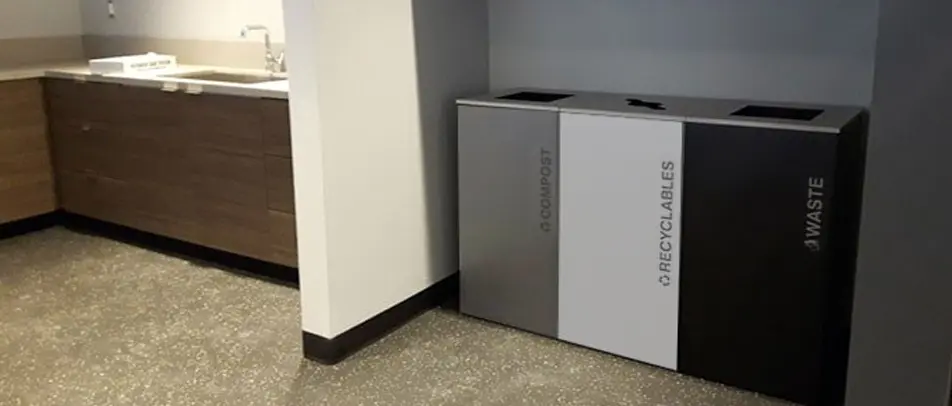
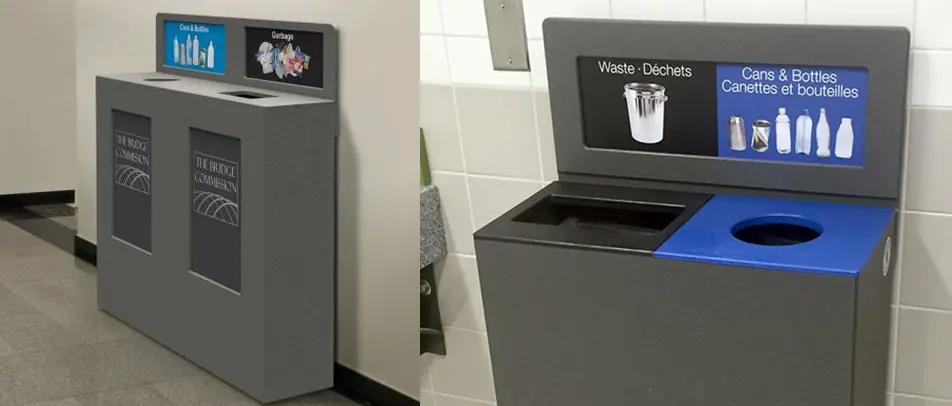
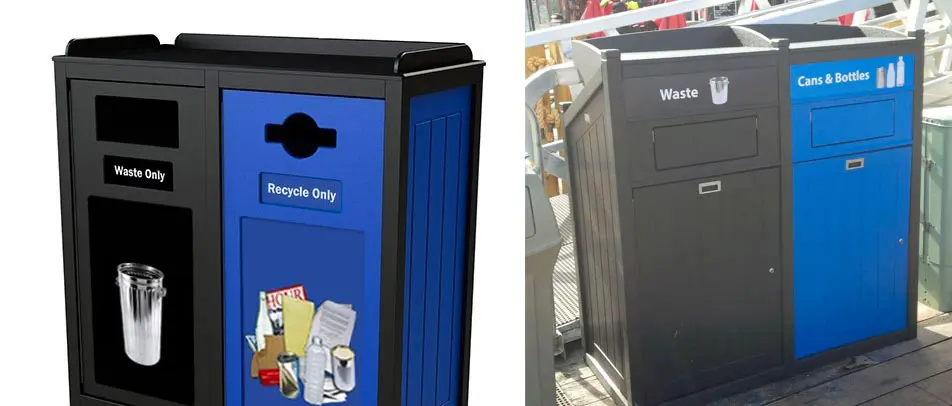







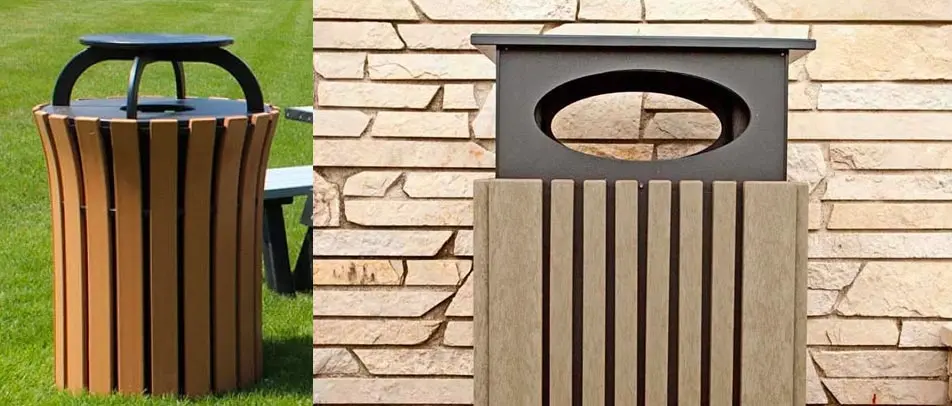


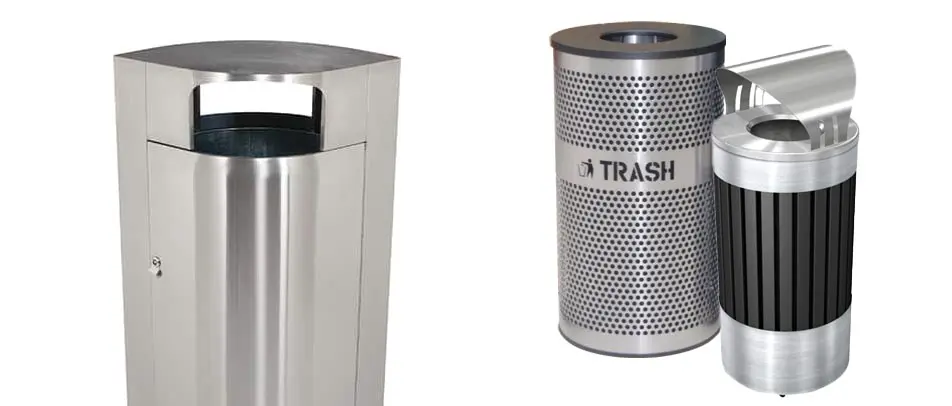

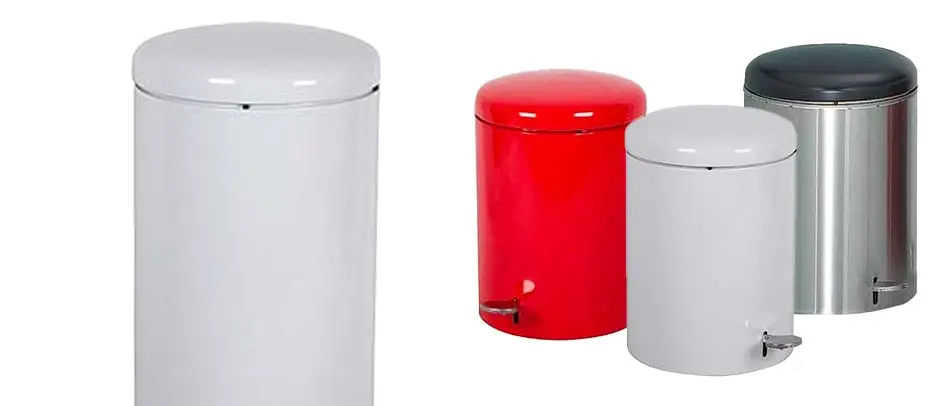





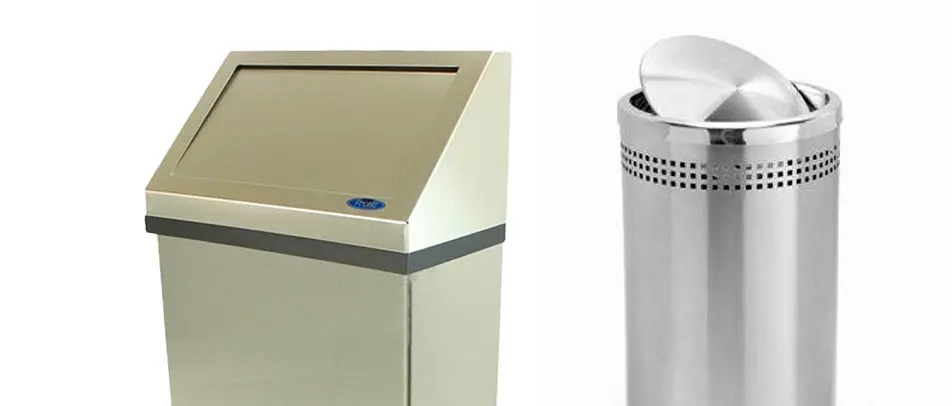

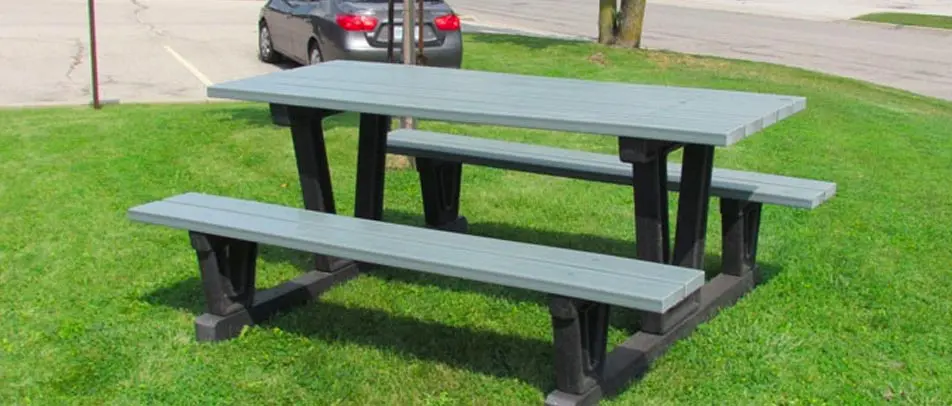





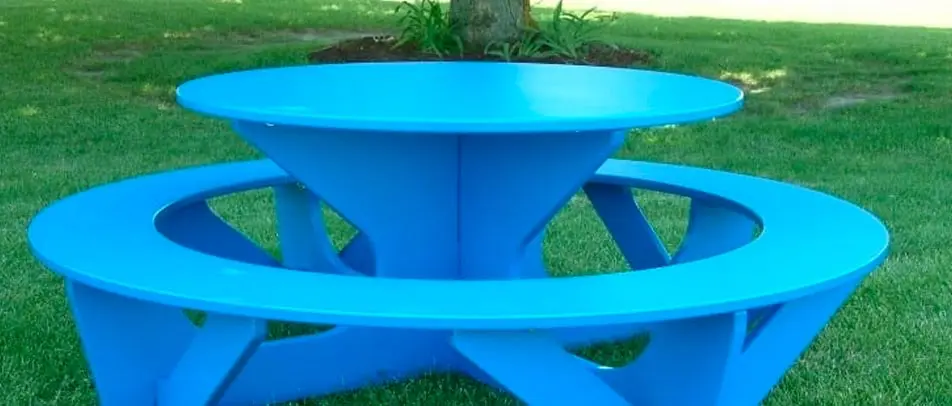


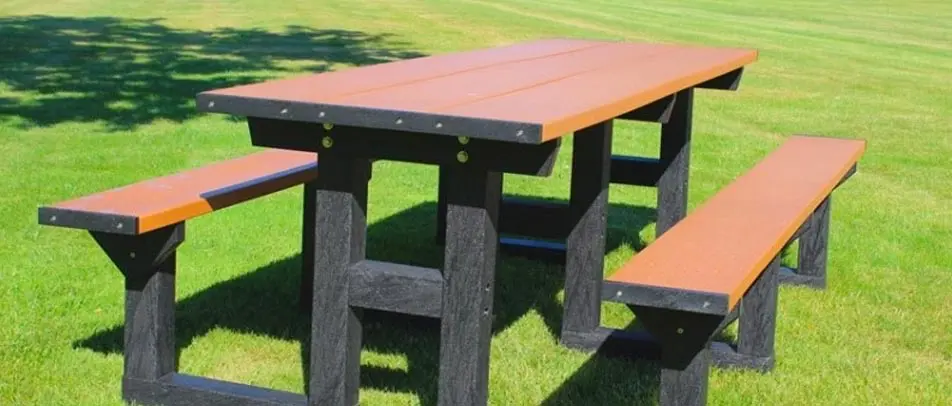

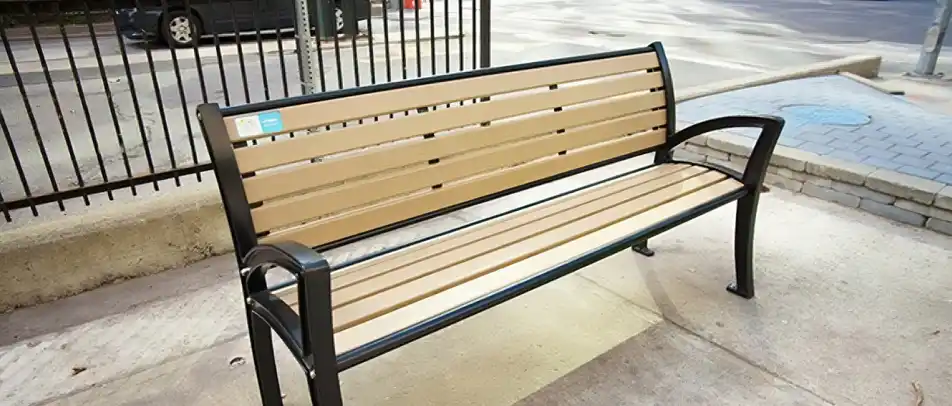

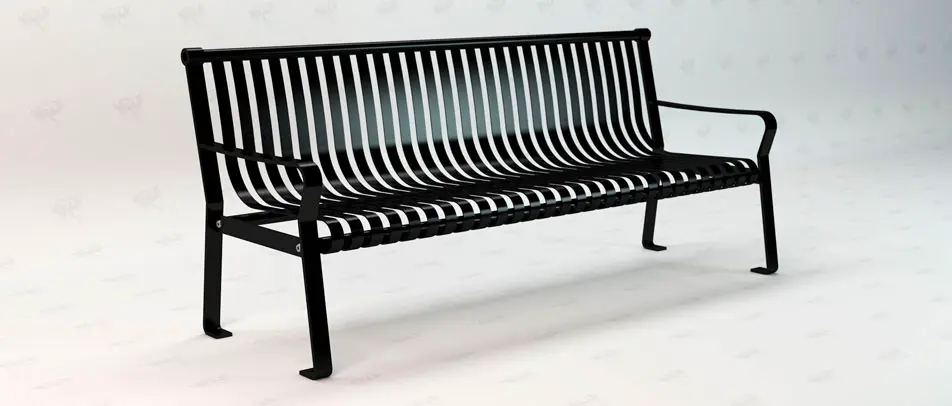
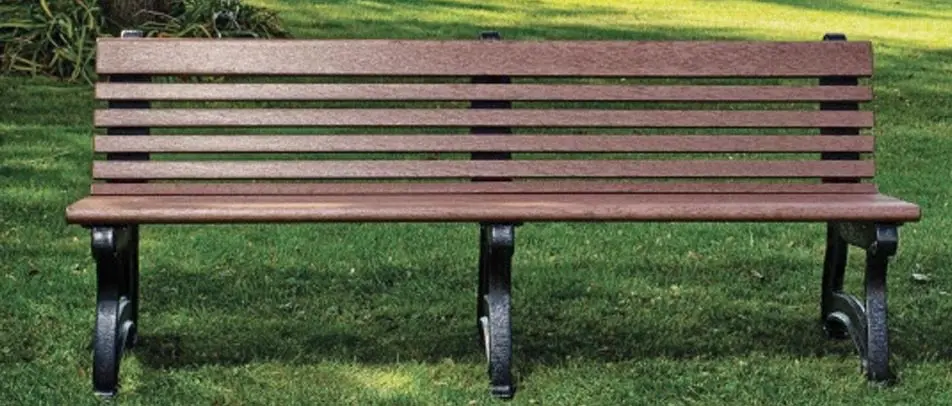

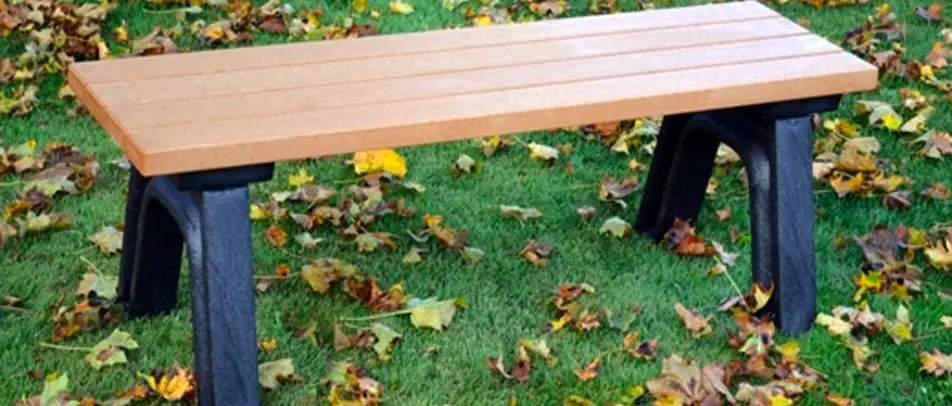






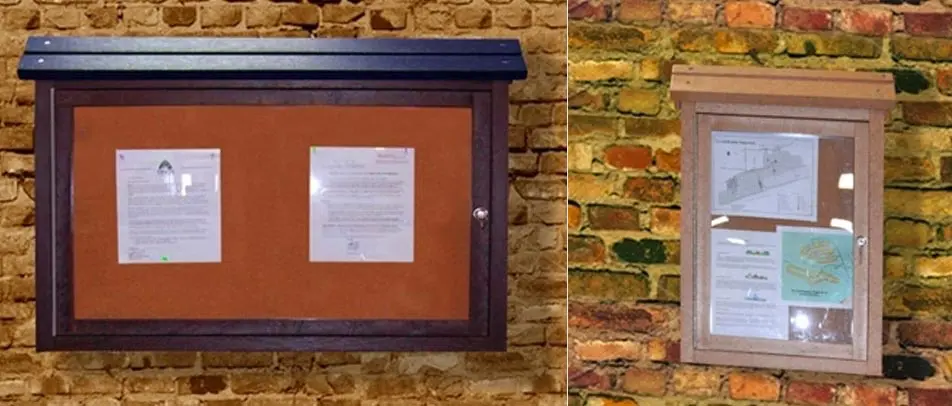


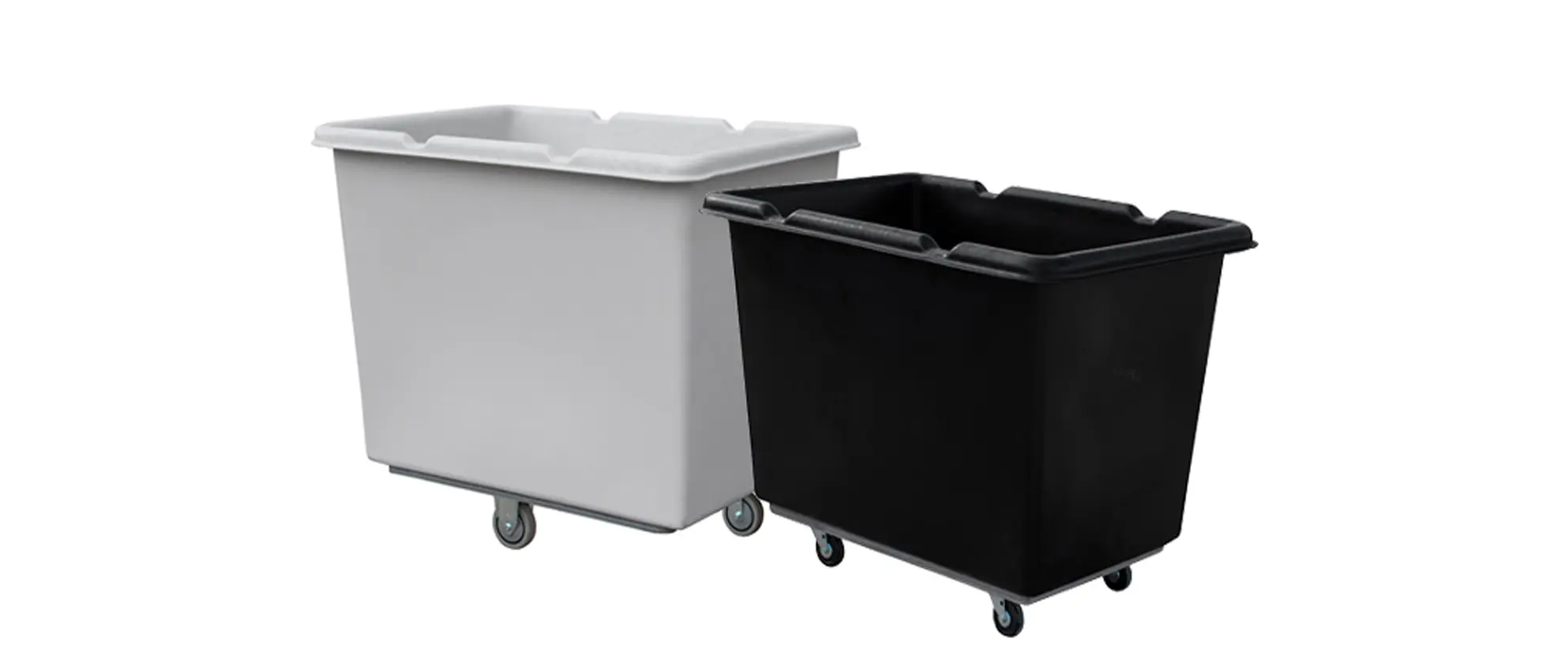




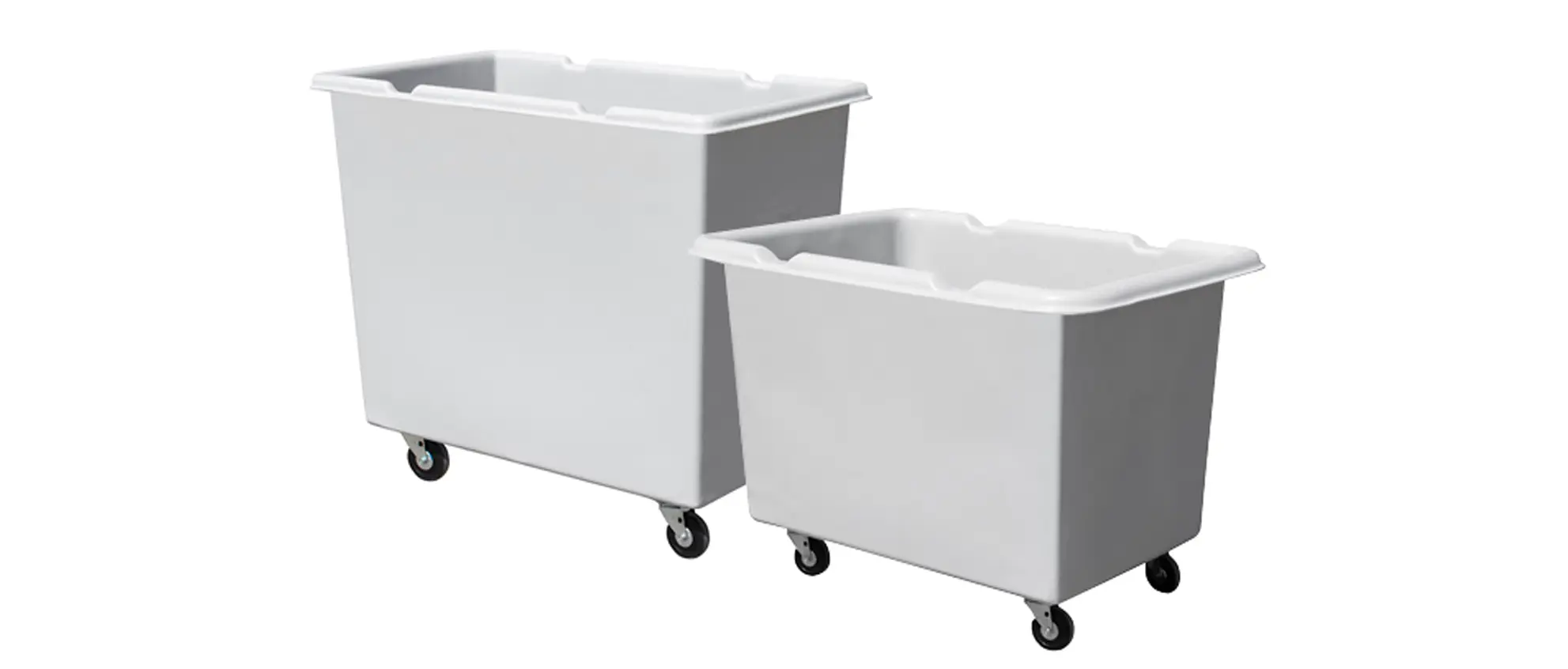


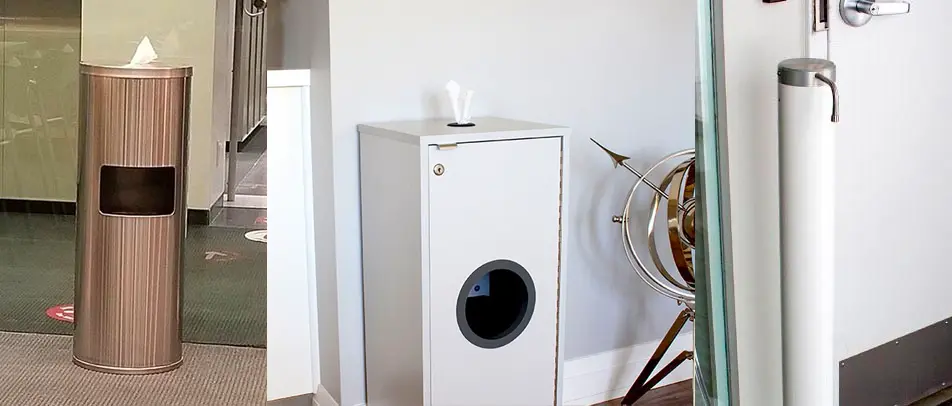
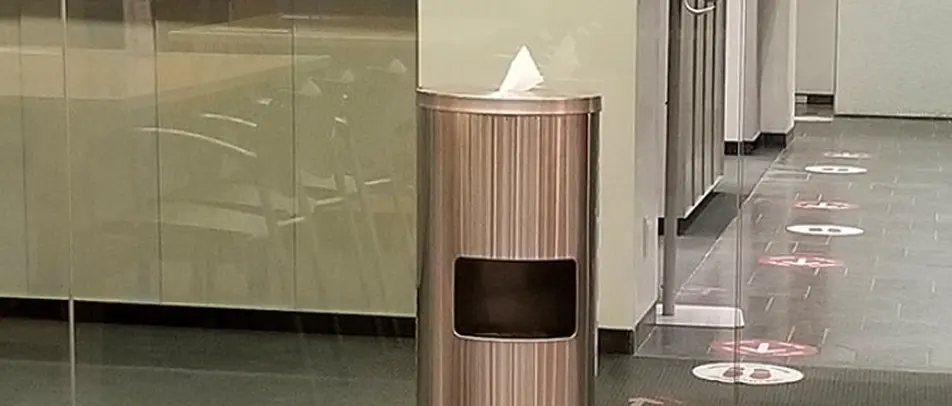
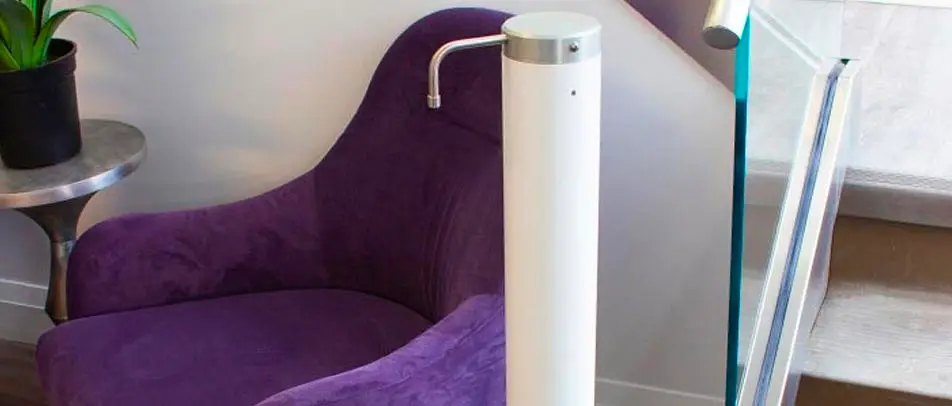


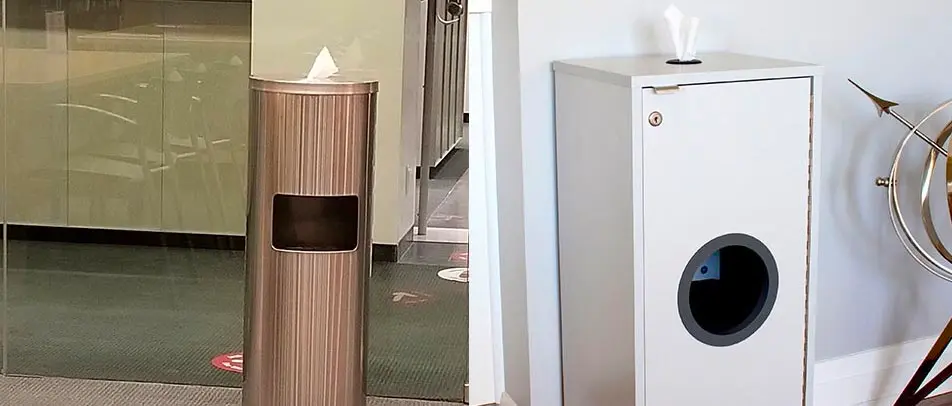


 Three Ways to Engage Teams and Clients to Maximize Your Recycling Program Engagement
Three Ways to Engage Teams and Clients to Maximize Your Recycling Program Engagement  How to Integrate Accessibility Into Your Sustainability Planning
How to Integrate Accessibility Into Your Sustainability Planning  Why Park Benches Can Promote Workplace Well-Being
Why Park Benches Can Promote Workplace Well-Being 
